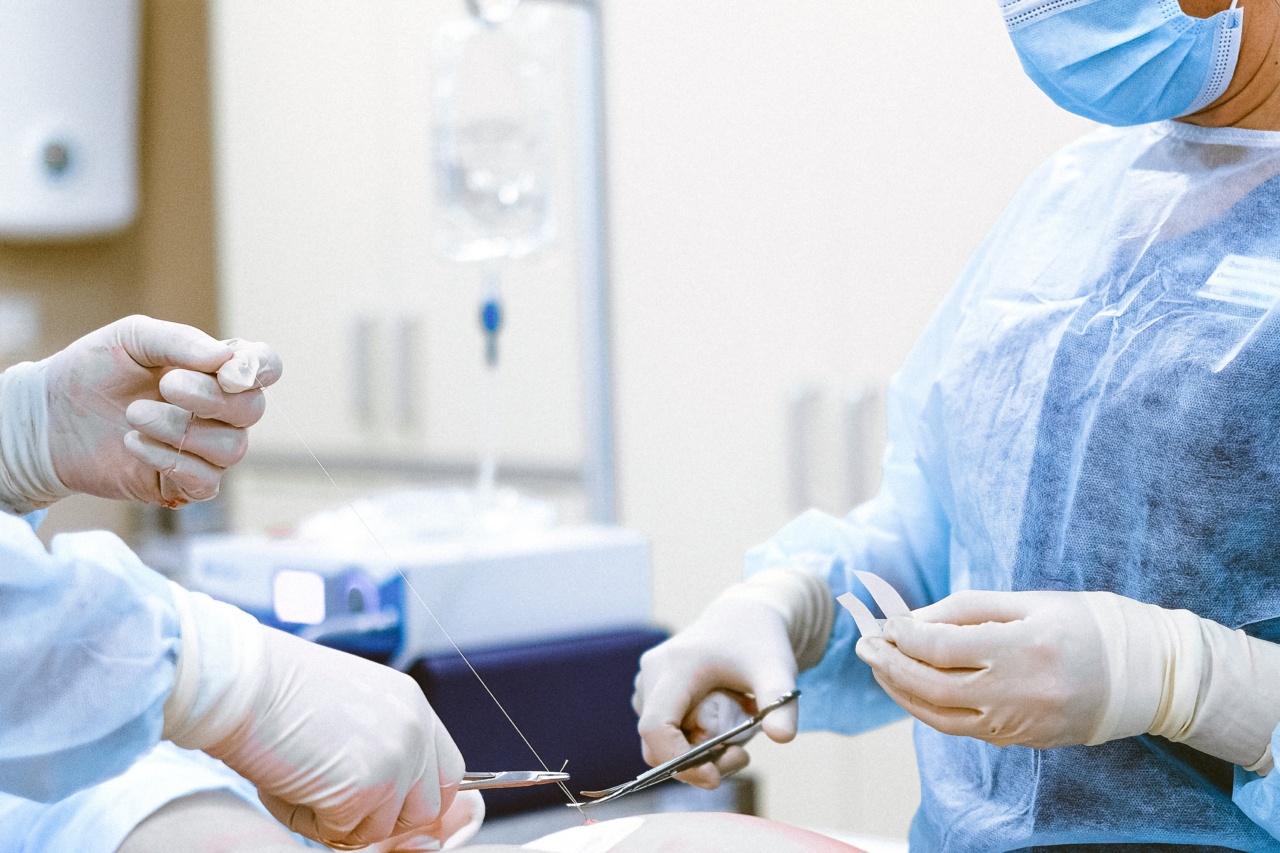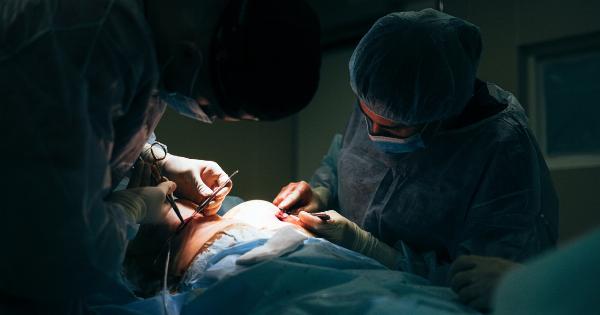Plastic surgery has become increasingly popular over the years as a way for individuals to enhance or improve their appearance.
However, undergoing surgery always comes with risk, and it is crucial for patients to be aware of the importance of continuous safety in plastic surgery. In this article, we will discuss the significance of ongoing safety measures in plastic surgery and how patients can ensure they are receiving the safest care possible.
The Basics of Plastic Surgery
Plastic surgery is the medical specialty that deals with correcting or restoring parts of the body for better function or appearance.
The term “plastic” in plastic surgery comes from the Greek word “plastikos,” which means to mold or shape. There are two main types of plastic surgery: reconstructive and cosmetic.
Reconstructive surgery aims to repair or reconstruct body parts that have been damaged due to injury, disease, congenital disabilities, or other reasons.
Examples of reconstructive plastic surgeries include breast reconstruction after a mastectomy, repairing cleft lips or palates, and reconstructing a limb after an amputation.
Cosmetic surgery, on the other hand, focuses on enhancing one’s appearance by improving or altering certain parts of the body that are not necessarily damaged or functionally impaired.
Cosmetic plastic surgeries include procedures such as facelifts, breast augmentation, and liposuction.
The Risks of Plastic Surgery
As mentioned earlier, any surgical procedure comes with risks, and plastic surgery is no exception. Some risks associated with plastic surgery may include:.
- Bleeding
- Infection
- Scarring
- Numbness or tingling
- Persistent pain
- Complications from anesthesia
- Fluid build-up or seroma (a pocket of clear fluid that sometimes develops after surgery)
- Implant rupture or leakage
Additionally, cosmetic surgery carries the added risk of a patient being dissatisfied with the outcome of the procedure.
It is essential for plastic surgeons to ensure that patients have realistic expectations and goals for their surgery, as well as to provide a comprehensive explanation of any potential risks associated with their procedure.
Why Continuous Safety is Important
Plastic surgery can be a life-changing experience for individuals, but it also can be a serious and sometimes risky endeavor. This is why the importance of continued safety in plastic surgery cannot be overstated.
Ongoing safety measures help to ensure that patients receive the safest care possible and that potential risks are minimized.
Continuous safety in plastic surgery includes a range of factors, such as:.
- Continued medical education for plastic surgeons
- Adherence to strict safety protocols in operating rooms
- Thorough pre-operative evaluations to determine if a patient is a good candidate for surgery
- Monitoring for potential complications and infections after surgery
- Regular safety checks and audits in surgical facilities
- Providing thorough post-operative care instructions and follow-up appointments for patients
By implementing and maintaining these safety measures, plastic surgeons can ensure that they are providing the safest care possible for their patients.
This, in turn, can improve patient outcomes and satisfaction and reduce the risk of surgery complications.
How Patients Can Ensure Safe Plastic Surgery
While plastic surgeons are responsible for implementing and maintaining safety measures, patients also play an important role in ensuring their own safety during plastic surgery. Here are some ways patients can ensure safe plastic surgery:.
- Research potential surgeons and surgical facilities carefully before choosing one
- Ensure that the surgeon is board-certified and has experience performing the type of surgery you are seeking
- Ask questions during the pre-operative consultation to ensure you understand the procedure and any potential risks involved
- Be honest about your medical history and any medications you are taking, as this can impact the safety of the procedure
- Follow all pre-operative instructions provided by your surgeon, such as avoiding certain medications or foods before surgery
- Have a support system in place to help you during the recovery period
- Attend all post-operative appointments and follow all post-operative care instructions provided by your surgeon
By taking an active role in ensuring their safety during plastic surgery, patients can help to minimize risks and improve overall outcomes.
The Bottom Line
Plastic surgery can be a life-changing experience for many individuals, but it also comes with risks. Ongoing safety measures are crucial to ensuring the safest care possible for patients undergoing plastic surgery.
Plastic surgeons must implement and maintain these safety measures, and patients play an active role in ensuring their own safety by researching carefully, following pre-operative and post-operative instructions, and being honest about their medical history and medications.





























